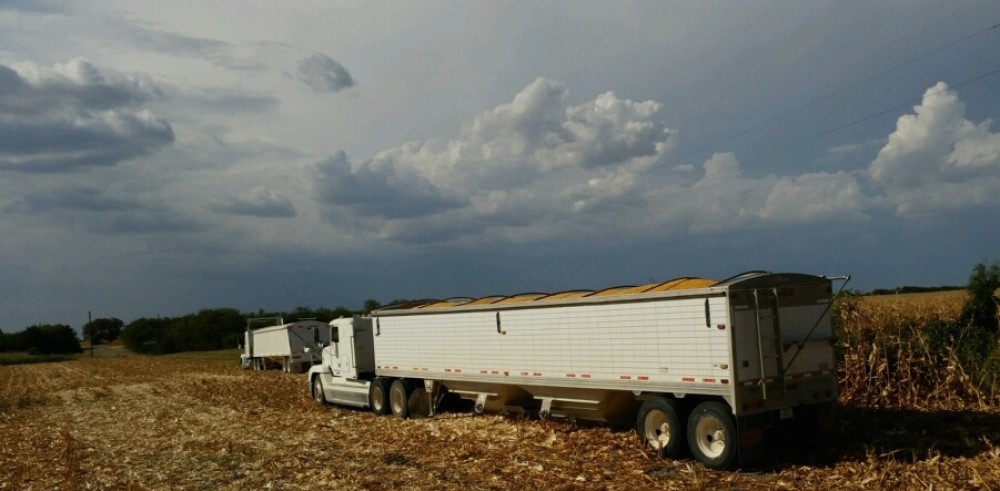What is the Earth?
The Earth is the planet on whose surface we are physically located.
What is a planet?
In our solar system, the International Astronomical Union (IAU) in 2006 defined a “planet” to be: 1) a body that orbits the Sun; 2) is massive enough for its own gravity to make it round; and 3) has “cleared its neighborhood” of smaller objects in its orbit. All three criteria must be met for a celestial object (a body) to qualify as an IAU planet in our solar system.
What is our solar system?
Our solar system is composed of our Sun and the eight planets and all the other celestial (or heavenly) bodies that orbit our Sun. The term “solar” derives from the Latin word “sol,” meaning “sun.” Sol was the ancient Roman god personifying the sun.
What is our Sun?
Our Sun is the star around which our planets revolve and from which they receive light and heat.
What is a star?
In astronomy, a star is a large self-luminous heavenly body consisting of a mass of gas. In common parlance (or talk), any celestial body visible at night from Earth as relatively stationery can be referred to as a star. Planets rotate around stars and are not generally self-luminous (on fire from within and shooting heat, energy and light outward). In our night sky, if the object is twinkling, it is probably a star (because it is generating its own light). If the body is not twinkling, it is probably a planet (because it is reflecting the light of its star).
How many planets do we have in our solar system?
In our solar system, there are currently eight planets. In order from our Sun, the planets are: Mercury, Venus, Earth, Mars, Saturn, Jupiter, Uranus and Neptune.
Isn’t Pluto a planet?
When the IAU revised the definition of “planet’ for our solar system, Pluto was demoted to a dwarf planet because it was seen as not clearing its orbit of smaller objects. To learn more about Pluto and his adventures, check out the September 13, 2012 blog post, entitled “Pluto: Demoted As A Planet But Still Appreciated As A Friend And Companion.” Type Pluto into the search box above or go to https://www.unclejoestories.com/2012/09/13/pluto/
What is our planet, Earth, composed of?
Good question. The primary components of the Earth are: iron (32.1%), oxygen (30.1%), silicon (15.1%), magnesium (13.9%), sulfur (2.9%), nickel (1.8%), calcium (1.5%) and aluminum (1.4%). The remaining 1.2% is a mix of traces of the other elements. The Earth’s core is estimated to be 88.8% iron. One geochemist estimates that 47% of the Earth’s crust is composed of oxygen, much of that in the form of rock oxides.
The Earth sounds heavy. How heavy is it?
Another good question. The Earth is the densest of all the eight planets. Density is mass per unit volume. It is not weight, but rather how much matter (or substance) is contained in a unit measure of the material. (We’ll talk more about weight in a future post.) The Earth is a very solid place because it has a lot of matter (or stuff) to kick around, lift, push, pull, manufacture and make into who-knows-what – the TV commercials reflect the density of our planet and its denizens. In fact, the Earth’s average density is 5.51 grams per cubic centimeter. The other three rocky planets closest to the Sun follow the Earth in density, in this order of next most dense: Mercury, Venus and Mars. If you want a light planet, try the gas giant Saturn – at a density of 0.70 grams per cubic centimeter, a cotton candy stick of Saturn would float on water on our planet. It’s a big one, but not much substance.
Which planet throws the most weight around?
Best question yet. Maybe better: What’s holding us on this planet Earth and why don’t we fly off into space? What is keeping us down here? Check back tomorrow for some more thoughts on the pesky weight question that is on so many minds at this time of the year.
Keep your feet firmly planted on terra firma and you eyes fixed high on the night sky,
Grandpa Jim
